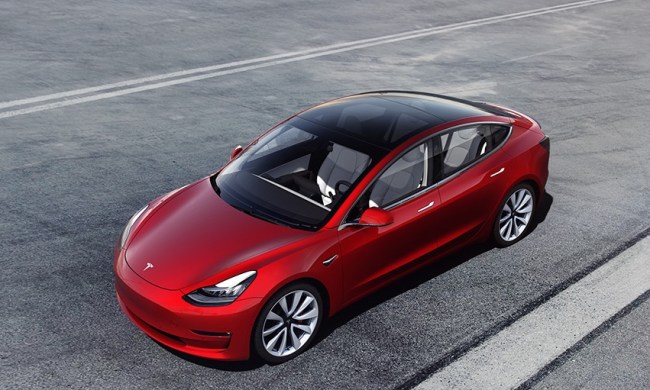Researchers at the University of Michigan are developing a system that teaches self-driving cars to predict pedestrian movement. When pedestrians and vehicles attempt to occupy the same space, pedestrians lose. Since pedestrians are easily distracted and can’t be counted on to act in their own best self-interest, autonomous cars will need to practice both defensive and protective driving.
In a study sponsored by a grant from Ford Motor Company and published in IEEE Robotics and Automation letters, Michigan engineers focused on pedestrians at complex urban intersections.
In what the study describes as a “biomechanically inspired recurrent neural network,” the system cataloged human movements. In more simple terms, vehicles in the study watched people walk near a busy street corner and recorded the data. The system used cameras, lidar, and GPS in a parked vehicle with Level 4 autonomous features to capture short video clips of human motion.
“Prior work in this area has typically only looked at still images. It wasn’t really concerned with how people move in three dimensions,” said Ram Vasudevan, University of Michigan assistant professor of mechanical engineering. “But if these vehicles are going to operate and interact in the real world, we need to make sure our predictions of where a pedestrian is going doesn’t coincide with where the vehicle is going next.”
The system analyzes people’s gait, body symmetry, and foot placement but takes into account many other factors to predict the next step, the one after that, and so on.
Vasudevan used a familiar factor as an example. “If a pedestrian is playing with their phone, you know they’re distracted,” he said. “Their pose and where they’re looking is telling you a lot about their level of attentiveness. It’s also telling you a lot about what they’re capable of doing next.”
No system will ever be 100 percent perfect, but according to the Michigan researchers, the neural network system they’ve developed already beats other predictive technology.
“The median translation error of our prediction was approximately 10cm after one second and less than 80cm after six seconds. All other comparison methods were up to 7 meters off,” said Matthew Johnson-Roberson, associate professor at the University of Michigan’s Department of Naval Architecture and Marine Engineering. “We’re better at figuring out where a person is going to be.”



